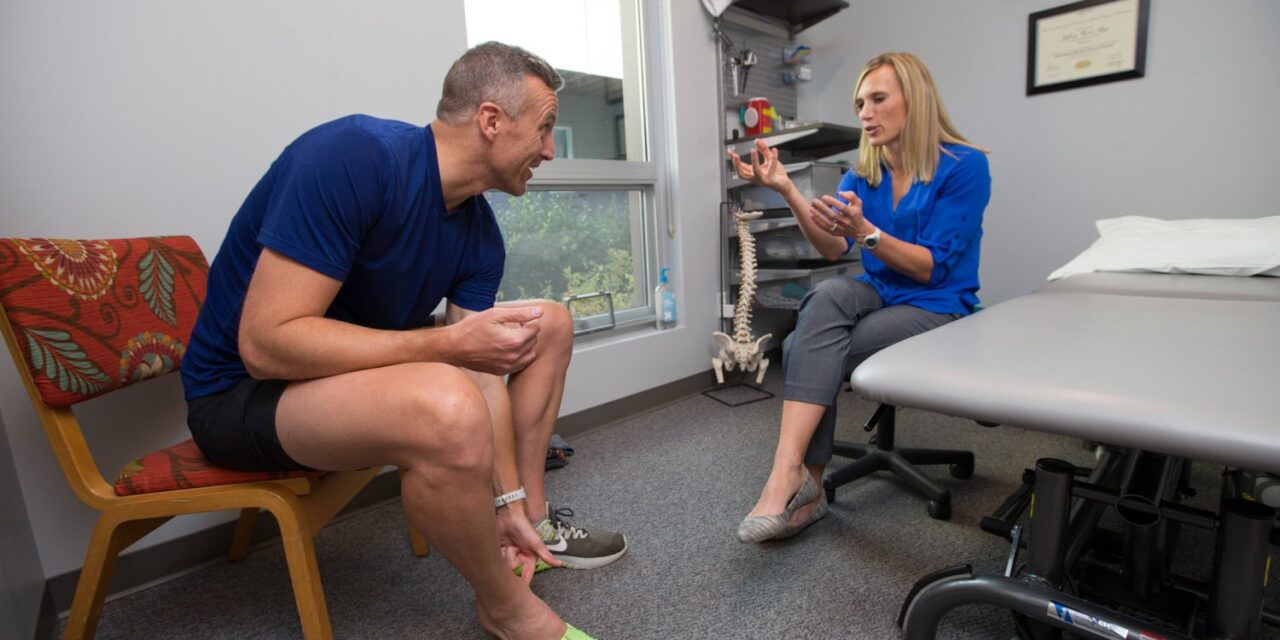Patients presenting to our Boulder Physical Therapy clinic often present with arm or leg symptoms including pain, numbness, and pins and needles. Our well trained and educated Physical Therapists utilize a patient’s history and their objective examination to determine the source of the symptoms and what is contributing to their onset. Importantly, the source of...
Did you know the more movies Nicolas Cage makes; the more people drown in pools? Or the worse the rating of M. Night Shyamalan on Rotten Tomatoes; the less total newspaper sales? There is a significant difference between correlation and causation in the world and is especially noted in medicine. As we all deal with...
In the United States, a standard medical event like a knee replacement warrants 1-2 nights in a hospital and a rehab timeline of 3-6 weeks with a course of frequent physical therapy in that timeline. In an even more common medical event, giving birth, what do women receive? One 6 week follow up appointment. Postpartum...
In our Boulder Physical Therapy practice we routinely assess a patient’s strength, in part, to determine a muscle’s force capacity and in turn its’ requirements for strength training exercises. In most Physical Therapy educational programs students are instructed to grade a patient’s force capacity using a combination of range of motion measurements and the forces...
How can you give me a proper diagnosis without feeling my muscles or joints? Most physical therapists will tell you: “I am highly confident of my diagnosis after the question and answer portion of the visit.” And it’s not just blind confidence. Research studies have examined this concept and found that 83% of diagnoses are...
Physical Therapists aim to utilize clinical objective tests to confirm their evolving hypotheses on the source of patient’s current symptoms. One of the most beneficial areas of our Physical Therapy and orthopedic research has involved the confirmation or refute of known clinical tests to identify patients with or without a given diagnosis such as an...
Assessing Finger Strength In Rock Climbers
December 13, 2019
Finger strength has been shown to have the greatest impact on climbing performance. Without adequate grip strength or endurance the larger muscles of the upper body cannot produce adequate force to complete a climbing movement. Rock climbing creates unique demands for the forearm muscles taxiing both the aerobic and anaerobic energy systems. On average, climbers...
In a previous post we detailed the injury risk and loss of performance associated with side to side leg strength imbalances. These imbalances often result from prior or current injury, as well as, the unique demands on an athletes sport or activity. In our Boulder Physical Therapy practice we commonly assess these imbalances with an...
Muscle imbalances, muscle strength and length differences across an individual joint, are frequently examined by Physical Therapists in individuals with pain, loss of function, or disease. For example, imbalances between our shoulder external and internal rotators have been shown to correlate with multiple shoulder disorders and help predict success after surgery. In addition, asymmetries in...
Healthcare demonstrates significant swings of the pendulum in examination and treatment trends. Thankfully the medical evidence helps balance these swings allowing us to come to a more appropriate balance in clinical practice. Unfortunately, unchecked bias in a clinician, such as confirmation bias, can lead to missed diagnoses and inappropriate treatments. In Physical Therapy, this can...

